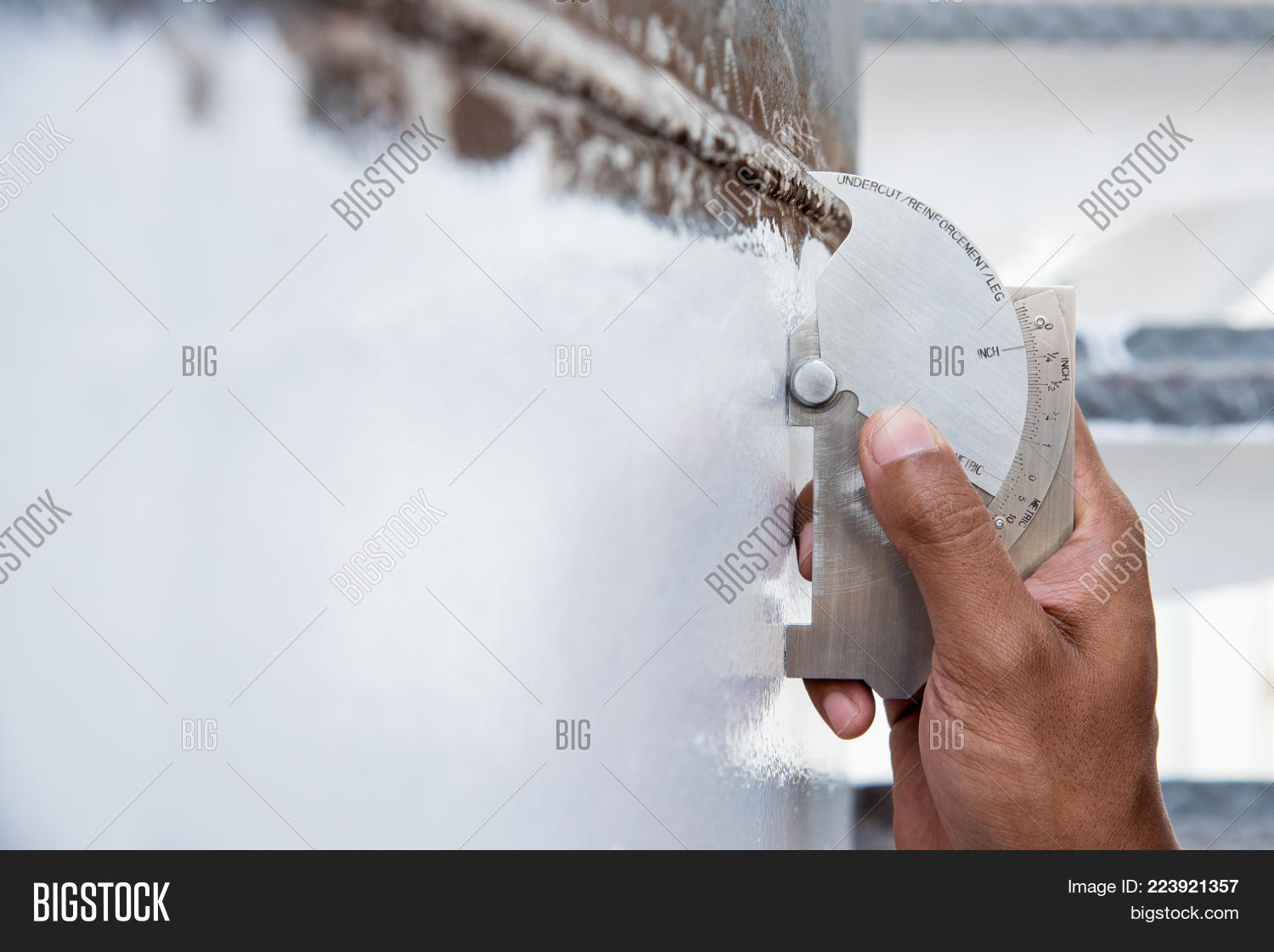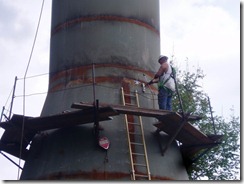The Crucial Function of Tank Welding Examination in Ensuring Structural Integrity and Security Conformity in Industrial Applications
In the world of industrial applications, tank welding evaluation arises as a pivotal component in securing architectural integrity and making sure conformity with safety and security policies. Using a mix of techniques such as aesthetic assessments and advanced screening approaches, these evaluations offer to determine and minimize possible defects prior to they intensify into substantial threats.
Importance of Tank Welding Inspection

Making sure conformity with sector criteria and laws is one more substantial aspect of container welding assessment. Governing bodies mandate strict standards for the building and construction and maintenance of storage space containers, and detailed assessments help companies abide by these needs. Non-compliance can cause serious charges, including fines and closures, further stressing the requirement for strenuous examination procedures.
Furthermore, tank welding inspection plays a vital role in maintaining functional performance. Routine analyses can determine possible issues before they rise, assisting in prompt repair work and reducing downtime. This proactive approach not just boosts safety and security however also adds to set you back financial savings in the lengthy run. In recap, the value of container welding inspection lies in its capacity to secure public health, protect the environment, and make sure compliance with regulatory structures.
Secret Examination Techniques
Effective storage tank welding examination counts on a selection of crucial methods that make certain complete assessment of weld top quality and architectural stability. Among the most prevalent techniques are aesthetic assessment, ultrasonic screening, radiographic testing, and magnetic fragment testing - Tank Welding Inspection. Each approach provides one-of-a-kind advantages in evaluating different elements of the weld
Aesthetic inspection works as the initial line of defense, enabling assessors to determine surface area problems, abnormalities, or inconsistencies in the weld grain. Ultrasonic testing employs high-frequency audio waves to identify inner defects, such as cracks or voids, providing a detailed evaluation of weld honesty. This approach is especially reliable in finding concerns that may not be visible on the surface.
Radiographic screening utilizes X-rays or gamma rays to produce images of the welds, revealing internal interruptions and giving an irreversible document for future recommendation. This method is highly efficient for essential applications where the danger of failing should be lessened.
Finally, magnetic particle testing is employed to determine surface and near-surface flaws in ferromagnetic products. By applying electromagnetic fields and great iron fragments, examiners can pinpoint suspensions that may endanger the architectural integrity of the over here tank. Together, these techniques develop a durable structure for guaranteeing top quality welds in commercial applications.
Conformity With Security Standards

Normal assessments play a critical duty in making sure compliance by determining potential failures or deviations from recommended criteria. Assessors are educated to evaluate weld top quality, confirm material requirements, and examine the total structural integrity of storage tanks. Their competence is important in guaranteeing that welding processes meet the needed security requirements.
In addition, compliance with safety criteria not only secures workers yet additionally safeguards the atmosphere from potential threats such as leakages or tragic failings. Organizations that focus on safety and security compliance are much better placed to reduce threats, improve functional efficiency, and foster a society of safety within their labor address force. In summary, keeping extensive conformity with security standards is indispensable for the successful procedure of tank welding activities in commercial settings.
Advantages of Regular Assessments
Regular evaluations are essential to keeping the architectural stability and security of welded storage tanks. These examinations give an organized strategy to identifying possible defects or weaknesses in the welds, ensuring that any type of issues are addressed before they intensify into significant failures. By performing regular assessments, companies can identify deterioration, exhaustion, and various other types of deterioration that may endanger tank efficiency.
Additionally, consistent assessments add to conformity with industry policies and requirements. Sticking to these guidelines not just alleviates lawful threats but also enhances the organization's reputation for safety and security and integrity. Normal inspections foster a positive safety society, urging staff members to identify and focus on the importance of tools honesty.

Case Research Studies and Real-World Applications
Case studies and real-world applications illustrate the tangible effect of reliable storage tank welding assessment techniques. Following the execution of strenuous welding evaluation protocols, consisting of visual and ultrasonic screening, the center recognized critical defects in weld joints that could have led to devastating failings.
Likewise, a water treatment plant implemented an extensive evaluation program for its storage tank welding click this link operations - Tank Welding Inspection. By integrating non-destructive testing methods, the plant had the ability to spot early indications of corrosion and exhaustion in weld joints. This prompt treatment expanded the life-span of the containers and ensured conformity with security laws, hence safeguarding public health and wellness
These study emphasize the value of normal and systematic storage tank welding evaluations. By focusing on these practices, industries can alleviate threats, boost structural integrity, and make sure conformity with safety standards, eventually resulting in enhanced functional effectiveness and minimized liabilities.

Verdict
Finally, container welding evaluation is a crucial element of preserving architectural honesty and security in commercial applications. Employing various examination methods guarantees early detection of possible imperfections, therefore preventing devastating failures. Adherence to safety standards additionally enhances functional dependability and compliance with regulatory requirements. Ultimately, routine inspections not only protect public health and wellness and the environment however likewise contribute to the longevity and performance of vital possessions, highlighting the vital duty of this practice in commercial operations.